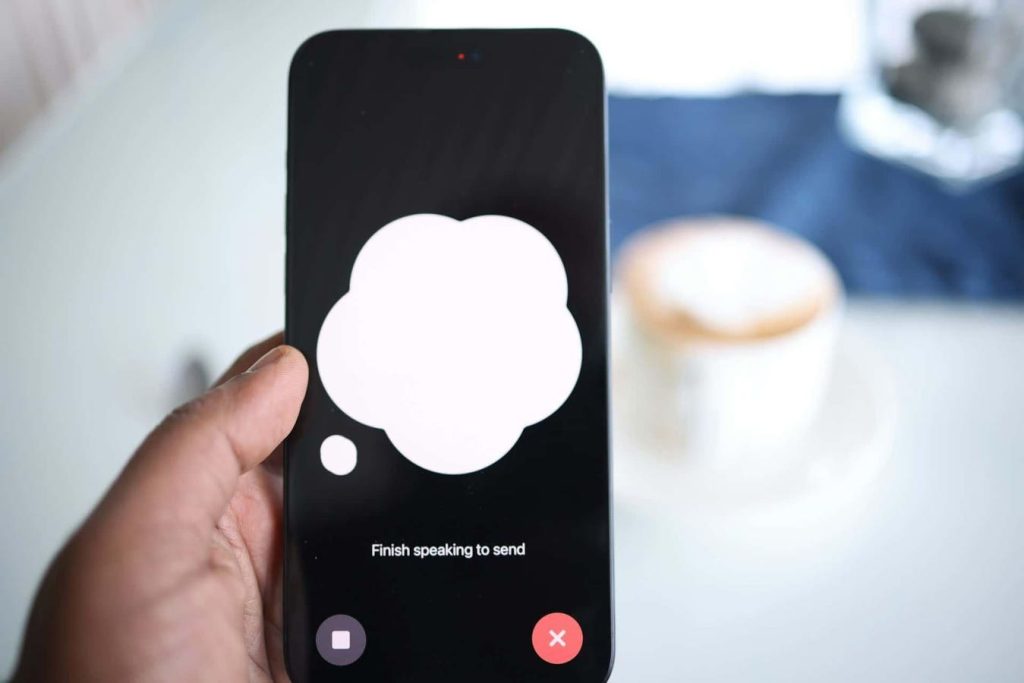4. Enhance Creativity
AI tools can also be used to enhance creativity within a team. For example, tools like Copy.ai can generate creative content for marketing campaigns or social media posts, saving time and giving employees a fresh perspective to work with. By automating repetitive tasks that don’t require human creativity, employees can focus on more strategic and innovative work that truly adds value to the organization. This can lead to breakthrough ideas and unique solutions that wouldn’t have been possible without the assistance of AI.
AI tools can also help teams brainstorm new ideas and collaborate more effectively. For example, tools like Miro use AI to facilitate remote ideation sessions, allowing team members to contribute ideas in real-time and visualize concepts in a virtual workspace. This can lead to more diversity in thought and greater creativity among team members who may not have had the opportunity to collaborate in person. By leveraging AI for creative purposes, organizations can unlock new possibilities and push the boundaries of what is possible within their industry.
5. Increase Efficiency and Productivity
AI tools can significantly increase efficiency and productivity within an organization. By automating repetitive tasks, employees can focus on more high-value work that requires human intelligence and creativity. For example, AI-powered project management tools can help teams streamline their workflows, prioritize tasks, and meet deadlines more effectively. This can lead to better outcomes, reduced errors, and a more productive work environment overall.
Additionally, AI tools can help teams work smarter, not harder, by providing insights and recommendations based on data analysis. For example, tools like Salesforce Einstein can analyze customer data to predict trends and optimize sales strategies. By leveraging AI to make data-driven decisions, organizations can stay ahead of the competition and make strategic choices that drive growth and success. In this way, AI can empower employees to make more informed decisions and achieve better results in less time.
6. Foster Innovation and Adaptability
Ultimately, AI tools can foster innovation and adaptability within an organization. By embracing AI technologies, businesses can stay ahead of the curve and adapt to changing market conditions more quickly. For example, AI-powered analytics tools can help organizations identify patterns and trends in data, allowing them to anticipate customer needs and preferences. This can inform product development and marketing strategies, leading to more tailored and effective solutions.
Moreover, AI can help organizations experiment and iterate more rapidly, allowing them to test new ideas and pivot strategies based on real-time feedback. By using AI to analyze customer feedback, track market trends, and assess competitor strategies, businesses can make informed decisions that drive innovation and growth. In the fast-paced and constantly evolving business landscape, AI can be a powerful tool for staying agile and competitive in the market.
In conclusion, AI has the potential to revolutionize the way we work and unlock new opportunities for growth and success. By leveraging AI tools to automate tasks, enhance creativity, improve decision-making, increase efficiency, and foster innovation, organizations can create a more productive and innovative work environment. While AI may seem intimidating at first, it is ultimately a tool that can empower employees to do their best work and drive business results. As AI continues to evolve and disrupt industries across the board, the key is for organizations to embrace AI as a complement to human work, rather than a replacement, and to continuously experiment and innovate with AI technologies to stay ahead of the curve.


